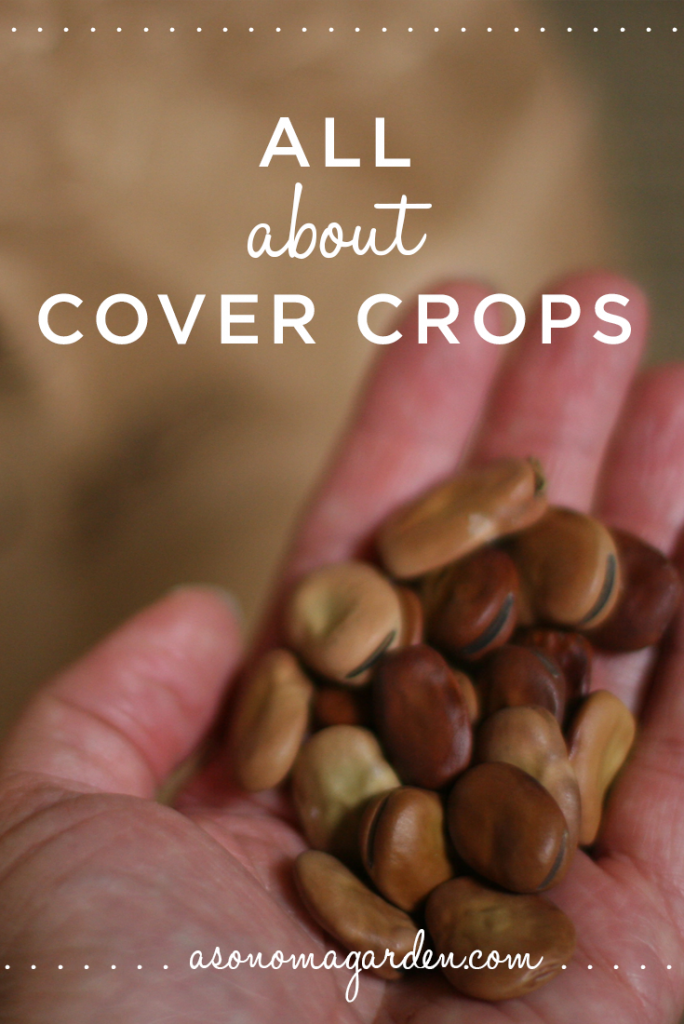
There was a 50% chance of rain predicted for today (which resulted in 100% chance upon awakening this morning!) so yesterday I raced out into one of my flowerbeds and tucked away some fava beans. The ground in this flower bed is okay, but I can tell by the flowers that it certainly needs a boost. With hard clay soil, we need to stay on top of constantly amending and improving it. Just the other day I opened up a sketch book to find that I had made garden notes from when we had only been married a month! That was 11 years ago. I wrote that we had planted favas in October and by April they were only 3″ tall. That’s not tall above the surface, but I know by growing other things over the winter, that the roots had gained a firm foot. I remember to this day how big and healthy those favas grew once spring hit.
Since the idea of cover crops is to let the crops root system do your hard work, planting the seeds in fall is a good idea indeed. Many cover crops are called ‘accumulators’ meaning they draw nutrients up from deep down in the soil up to the part where the majority of roots are. In the case of favas, they draw up nitrogen. In years past I did a longer post on cover crops, even showing the nitrogen balls the fava roots collect. We try and plant cover crops every year, but last year, who knows, we must have gotten too busy or lazy. And we paid for it. Two early springs ago I went outside for 10 minutes at a time and dug up new ground and planted favas as I went. It was slow work, but we were rewarded with an incredible garden in that spot the following summer. This past summer, without a preceding fava cover crop, the garden was pale in comparison. This year, we won’t make the same mistake.
Cover crops also crowd out weeds. One daunting task of the spring garden is weeding the darn thing before you can start planting. If you have the foresight to plant cover crops in fall, the winter & early spring weeds will be crowded out. Since I was planting in my weed prone flowerbed, I planted an extra thick border along the back to aid the amaryllis in keeping the weeds at bay.
Yet another job of cover crops is to break up hard packed soil. As you probably know, there are some very devoted people who don’t believe in tilling the soil. There are others who break out their trusty rototiller every spring. And yet others who advise double or triple digging your garden bed with a shovel. As for us, we are experimenters. We try a little of everything and with this section of gardening I’m going with the no till method. My idea is to layer on compost and mulch and build from the top up. It’s still helpful to get down deep however and to do that, you can plant cover crops. Their roots will shoot way down, all those thousands of tiny root hairs. Then in spring when you cut it down, all those roots will die and wither creating little pockets of air in our hard clay soil. This will make it easier for worms to dig down further as well as new flower roots to grow down further.
So that’s my plan for these little bean seeds. Are you planting a cover crop this year? Which kind and do you plant in fall or early spring?


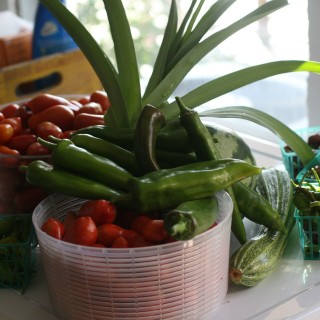
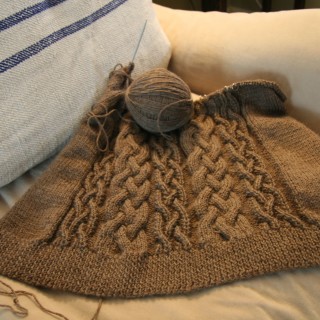
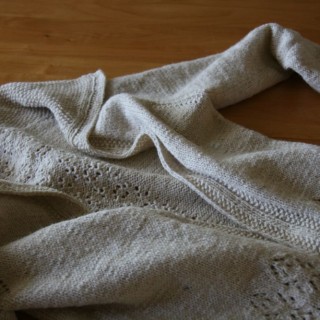

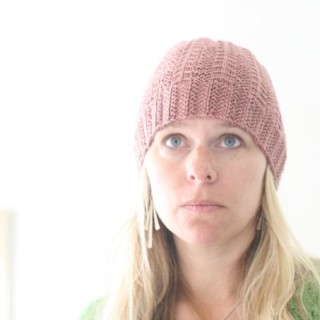

Planning to. We have troublesome beds where summer plants linger past the time to really get cover crops in, or needing the space for plant plants. It’s always a dance.
Cover Crops pay off big time, especially in the beds where nutrient hogs were planted, i.e. tomatoes. My rookie year growing a garden I had huge crops thanks to SoilsPlus organic bed soil. Jealousy from my father in-law who had been growing on the same plot for 30+ years lead me to suggest cover cropping, which he did and had a great season. Me, I forgot to plant in time, cover crop died, and we had a very lack luster 2013 garden.
YOu have inspired me to get some fava beans. Thanks!
How funny, I was planning on doing a post about my own cover crops tomorrow!
I ordered a ton of cover crop seeds from Peaceful Valley: bell beans, vetch, clover, oats, rye…..I analyzed their chart and anything that added nitrogen and breaks up hard soil is getting planted.
We are going with vetch this year. We have had sucess with fava beans in the past but want to try something different. Our garden is small and we have very sandy soil so we are always working to add nutrients. We are also going to do a different watering system next year. Drip did not work too well. I think we will go back to hand watering.
We can plant buckwheat for almost a full 3 seasons here. I love it because it’s so flexible–you can till it in at as early as 5 weeks or let it get tall and flower for the bees. We just tilled ours in yesterday and are going to replace it with a first attempt at crimson clover.